Safe Lifting
Updated:
Why is safe lifting important?
One of the most common causes of lower back injury is inappropriate lifting technique. Safe lifting, by ensuring correct lifting technique, is vital to minimize stress on the spine, therefore reducing the likelihood of lower back injury and lower back pain. Safe Lifting is particularly important due to the high prevalence of lower back pain in society. Appropriate lifting technique can also help to strengthen your thighs, buttocks and lower back muscles, improve posture and burn more calories.
How to lift safely
The following key points should be followed whenever lifting to ensure safety and minimize the risk of injury (figure 1):
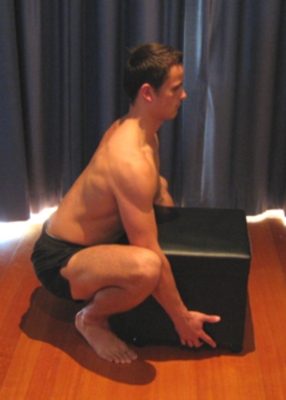
Safe lifting key points
- Get your body as close as possible to the object to be lifted
- Position your feet at least shoulder width apart for stability
- Bend your knees to pick up the object, keeping your back straight
- Maintain a nice ‘long’, straight spine throughout the lift
- Never lift anything that is too heavy
- Always ask for assistance with lifting wherever possible
- Try to minimize the distance and the period of time you are lifting or carrying the object
- Use appropriate tools to help with lifting and transporting heavy objects (e.g. trolleys etc.)
- Where possible, try to reduce the weight of the object being lifted or carried so that you can perform several smaller safe lifts, rather than one heavy unsafe lift
- Never lift any object that causes pain
- Avoid lifting anything after a period of prolonged sitting, driving or bending forwards (e.g. gardening, weeding etc)
- Perform appropriate exercises before and after lifting and as a break from repetitive lifting
- Postural Taping may be of benefit to encourage correct posture whilst lifting and to teach correct lifting technique
Exercises to assist with Safe Lifting

Members Only ContentBecome a PhysioAdvisor Member to gain full access to this exclusive content. For more details see Become a Member. Already a member? Login Now
Keeping Active

Members Only ContentBecome a PhysioAdvisor Member to gain full access to this exclusive content. For more details see Become a Member. Already a member? Login Now
Safe Lifting Summary

Members Only ContentBecome a PhysioAdvisor Member to gain full access to this exclusive content. For more details see Become a Member. Already a member? Login Now
 Physiotherapy Products to Assist with Safe Lifting and Spinal Injuries
Physiotherapy Products to Assist with Safe Lifting and Spinal Injuries
-
 Wheat Bags
Wheat Bags -
 Oppo Industrial Back Support (OPP2169)
Oppo Industrial Back Support (OPP2169) -
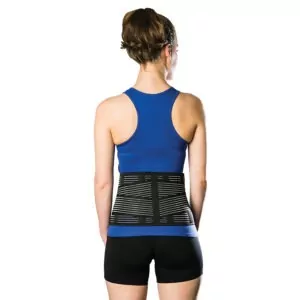 AllCare Ortho Light Back Support
AllCare Ortho Light Back Support -
 OPPO – Posture Aid / Clavicle Brace (OPP2075)
OPPO – Posture Aid / Clavicle Brace (OPP2075) -
 Premium Strapping Tape 38mm (Victor)
Premium Strapping Tape 38mm (Victor) -
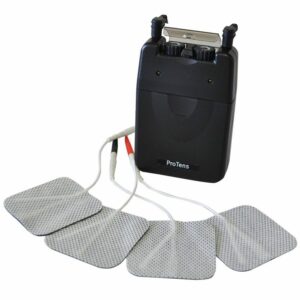 AllCare Pro-TENS Machine
AllCare Pro-TENS Machine -
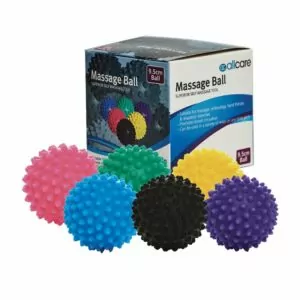 AllCare Spikey Massage Ball
AllCare Spikey Massage Ball -
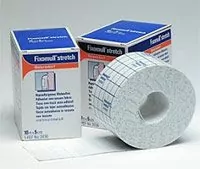 Fixomull Stretch 5cm x 10m
Fixomull Stretch 5cm x 10m -
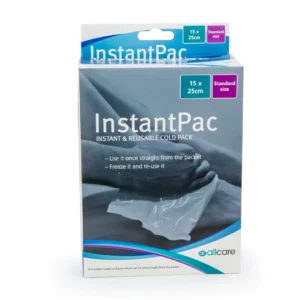 AllCare Instant Cold Pack (15 x 25cm)
AllCare Instant Cold Pack (15 x 25cm) -
 AllCare Foam Roller Round
AllCare Foam Roller Round -
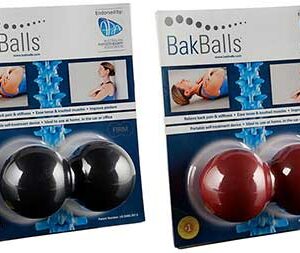 BakBalls
BakBalls -
 McKenzie Treat Your Own Back Book
McKenzie Treat Your Own Back Book -
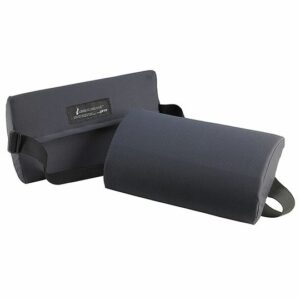 Lumbar Rolls (‘D’ Shaped)
Lumbar Rolls (‘D’ Shaped)
To purchase physiotherapy products to assist with safe lifting and spinal injuries click on one of the above links or visit the PhysioAdvisor Shop.
 Find a Physio
Find a Physio
Find a physiotherapist in your local area who is an expert in correct lifting technique and associated injuries.
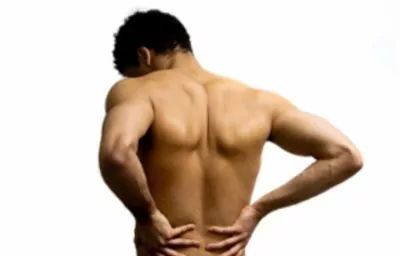 Injury Information
Injury Information
Click on the appropriate link below to view detailed injury information on some common injuries related to lifting:
 More Information
More Information
- Learn Postural Taping to improve your posture with sports tape and encourage correct lifting technique
- View Core Stability Exercises.
- View Lower Back Strengthening Exercises.
Become a PhysioAdvisor Member

Link to this Page
If you would like to link to this article on your website, simply copy the code below and add it to your page:
<a href="https://physioadvisor.com.au/health/ergonomics/safe-lifting”>Safe Lifting – PhysioAdvisor.com</a><br/>PhysioAdvisor offers expert physiotherapy advice and information on safe lifting and safe lifting technique.
Return to the top of Safe Lifting.

